The Demon in Democracy
The state is a religious space with its own soteriology and eschatology. At the center of this quasi-religious state is the Festival of Reason in which the Goddess of Reason replaces the one true God who is revealed in Scripture and known by faith alone. Of course, what is here called reason is really unreason.
According to Ryszard Legutko, liberal democracy[1] shares a number of unsettling characteristics with communism. And he is in a unique position to know. He was born in Poland in 1949, grew up under a communist regime, and joined a movement that opposed communist rule. Lugutko is currently a professor at a Polish university with an emphasis on political philosophy and has served as a member of European Parliament.
After the fall of the Berlin wall in 1989, Legutko noticed that former communists were able to adapt more easily to the westernization of Eastern Europe than were their anticommunist counterparts. So, Legutko searched for a satisfactory explanation for these paradoxical realities (p. viii).
What did he find? He found that communism and liberal democracy were more similar in both structure and practice than most had realized.
Both systems are utopian in character. Advocates of both systems contend that their system is the final stage of political history. Nothing better can be achieved. The only change possible is one for the worse. Such a change would result in a complete disaster. Therefore, it is futile to try to imagine another possible political arrangement. Both communists and liberals believe there is nothing beyond their own respective systems of government (p. 45). This belief points to the utopian character of both communism and democratic liberalism (pp. 43-45).
Both use social engineering to radically transform society. In both systems, social engineering is seen “as a proper approach to reforming society, changing human behavior, and solving existing social problems.” No part of society is left untouched. Family, churches, and private associations “must conform to the rules of their internal functioning” (p. 182). As Legutko discovered, “the modern state openly, even proudly carries out the policy of social engineering, intervening deeply in the lives of communities while enjoying total impunity, which is guaranteed by its control of lawmaking and law enforcement procedures” (p. 97).
Both are involved in an ongoing struggle against the enemies of society. Since social engineering is usually resisted, a never-ending struggle against the enemies of society ensues. The usual suspects are targeted: superstition, tradition, the past, intolerance, racism, xenophobia, bigotry, etc. (p. viii). It’s not simply that enemies arise from time to time and need to be dealt with for the good of society. Rather, it’s that enemies are necessary for the propagation of the state. It can’t survive without them. Both communism and liberalism need an enemy in order to promote its narrative of progress. As Adrian Vermeule points out, this enables them to recite their favorite mantra: “We’ve made so much progress, but there’s so much more work to do.”
Both have an unshakable faith in the power of techné. Indeed, Legutko refers to communism and liberalism as cults of technology. To oppose technology on any grounds is to be backwards, superstitious, anachronistic, and medieval (their favorite term of derision). They are obsessed with modernization. They must always be changing, updating, innovating, and developing new and better technology. The new is good by virtue of being new. The old is bad simply because it’s not new. The present world is intolerable. It must be changed by replacing the old with the new. This is the unitary ethical standard by which all technology is judged. The irony is that both communists and liberal democrats self-identify as technocrats, but they wholly lack the efficiency that is thought to be inherent in a technocracy (pp. 6ff).
Both are historicist. Both believe that there are laws of history that objectively determine the direction and outcome of history. Both believe political regimes come into being through historical necessity. Both believe that history is on their side. Both believe in the inevitability of progress. Both believe that history will vindicate them. Both believe that their systems are, in the premature words of Francis Fukuyama, “the end of history.” In this sense, both have a view of history that is Darwinian, Marxist/Hegelian, and eschatological in the fanatical religious sense of the word (p. 13). In communism, this means the fulfillment of all human flourishing. In democratic liberalism, it means liberation of the individual from oppressive authority. There are different desired outcomes between the two political systems, but the same shared belief that history is the determining factor in getting there.
Both speak of tolerance, but neither practices it. Anything outside the mainstream is seen as a deviation from political orthodoxy. At best, those on the outside are perceived as political heretics that deserved to be ignored. At worst, they are considered extremist that must be eliminated. Neither heretics nor extremists can be allowed to acquire any kind of political legitimacy. Common to both democratic liberalism and communism is the political arrogance that sees the state as the only body politic authorized to confer political legitimacy. In this way both communism and political liberalism are decidedly intolerant. Tolerance, thus conceived, is what the state says it is, and nothing more (p. 84).
Adrian Vermeule, reflecting on the political philosophy of Legutko, adds one final similarity: both are liturgical. States, whether communist and liberal, are not neutral spaces without religious commitments. The state is a religious space with its own soteriology and eschatology. At the center of this quasi-religious state is the Festival of Reason in which the Goddess of Reason replaces the one true God who is revealed in Scripture and known by faith alone. Of course, what is here called reason is really unreason. And “when unreason triumphs,” says Sir Roger Scruton, “it does so in the name of reason.”
In many ways, communism and democratic liberalism are the mirror image of each other. The resemblance between them is nearly identical. So much so, that they could simply be called “the twin children of the Enlightenment.” Legutko simply refers to this resemblance as, “The Demon in Democracy.”[2]
Jim Fitzgerald is a Minister in the Presbyterian Church in America and a missionary with Equipping Pastors International. This article originally appeared on The Aquila Report.
[1] The terminology “liberal, democratic liberalism, or liberal democracy refers not to the two-party system of government in the USA: one Democratic and liberal (progressive), the other Republican and conservative. Rather the terminology refers to the system of Classical Liberalism in all its tributaries beginning in the 18th century Enlightenment through the present time.
[2] It should be noted that despite these similarities Legutko believed democratic liberalism was far superior to any other political system at present.

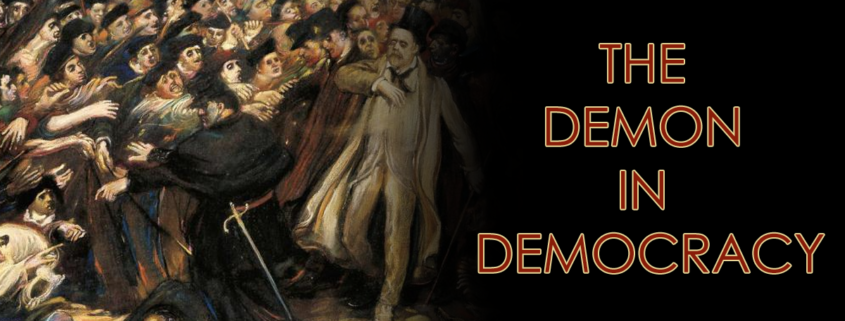

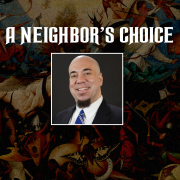
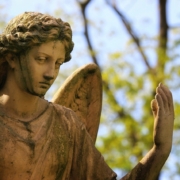



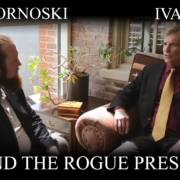
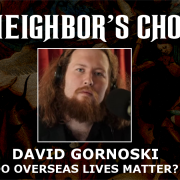


Leave a Reply
Want to join the discussion?Feel free to contribute!